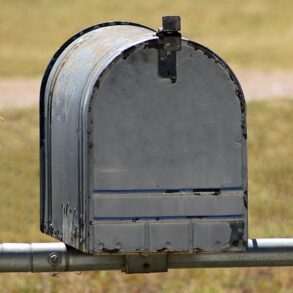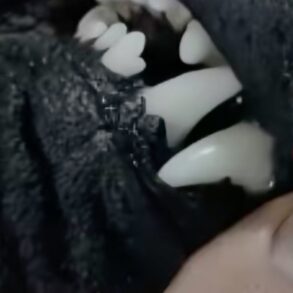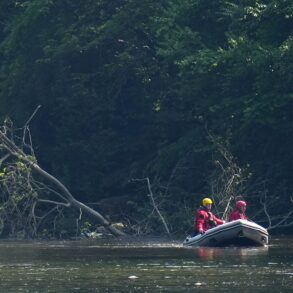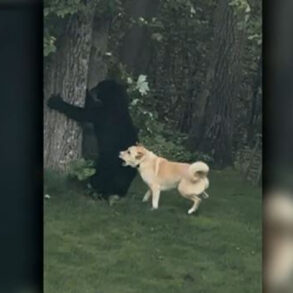
Anything is paw-sible.
Specially trained “truffle dogs” working for Michigan State University and the University of Florida used their noses to help discover two species of truffles.
The two new varieties of the expensive and elusive fungi, described in a recent study published in the journal Mycologia, were Tuber cumberlandense and Tuber canirevelatum, which are native to North America.
“Truffles are some of the most mysterious and alluring fungi on the planet,” study co-author and University of Florida doctoral student Benjamin Lemmond said in a statement.
“They live their lives underground, out of sight, but people all around the world are eager to find them and enjoy their unique culinary qualities. This study shows that there are still undiscovered truffles right under our nose, so to speak, and that without the help of dogs (and their incredible noses) we might never find them.”
Tuber canirevelatum, which means “dog-found” truffle, was named after truffle dog Monza and her trainer, Lois Martin.
Martin mailed the fungi samples to Gregory Bonito’s lab at MSU since they did not look or smell like anything known in North America.
Bonito, associate professor in the Department of Plant, Soil and Microbial Sciences at the MSU College of Agriculture and Natural Resources, and undergraduate research student Alassane Sow, lead author on the study, analyzed the DNA to identify the truffles and placed them on the fungi family tree.
“Receiving these samples was very exciting, especially because they looked very similar to the well-known edible European truffles Tuber macrosporumand Tuber aestivum,” Sow said. “We hope that by describing both of these species there will be increased interest in cultivating North American truffles. Our analyses show that each has aromatic compounds found in some of the most valuable truffle species.”
Meanwhile, Tuber cumberlandense was named for the Cumberland Plateau in the Appalachian Mountains where it was discovered by truffle dog Luca and trainer Margaret Townsend.
Tuber cumberlandense has previously been sold under different names and harvested in truffle orchards and woodlands, but the new analysis revealed that this one is a “distinct and previously undescribed” species native to North America, Bonito explained.
“This particular species enjoys a symbiotic relationship with their host, white oaks, growing from their roots and providing nutrition to the trees,” Bonito said.
The distiller Maker’s Mark is now working to figure out how to cultivate the native truffle for its whiskey, which the company stores in white oak barrels.
“They will be reforesting their land in Kentucky with white oaks for the barrels and hope one day to harvest truffles as well; perhaps they will even create truffle-infused whiskey,” Bonito added.
Historically, European truffle species are the ones that have been cultivated and sold, but there has been growing interest in cultivating, wild-harvesting and selling truffles native to North America — which means more truffle pups are going to have to come out to play and sniff them out.
“If you have $20,000 of truffles growing underground, you need to find them before they perish, so the dogs are very important,” Bonito said.
“Our research reinforces the importance of using trained truffle dogs in tuber research and truffle farming,” Bonito added. “We suspect many native tuber species remain to be discovered and described. This task will be enhanced through the continued collaboration between mycologists — scientists who study fungi — the public and trained truffle dogs.”
This post was originally published on this site be sure to check out more of their content.












































